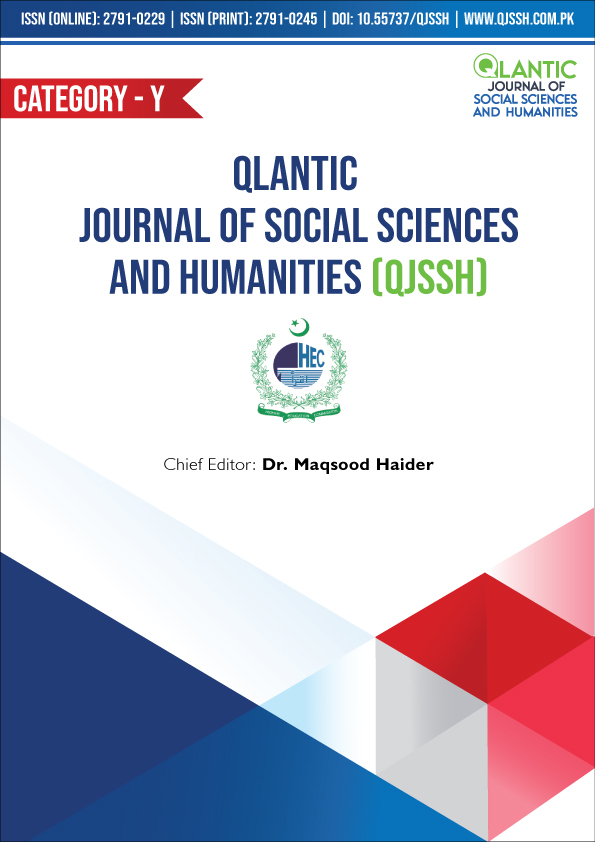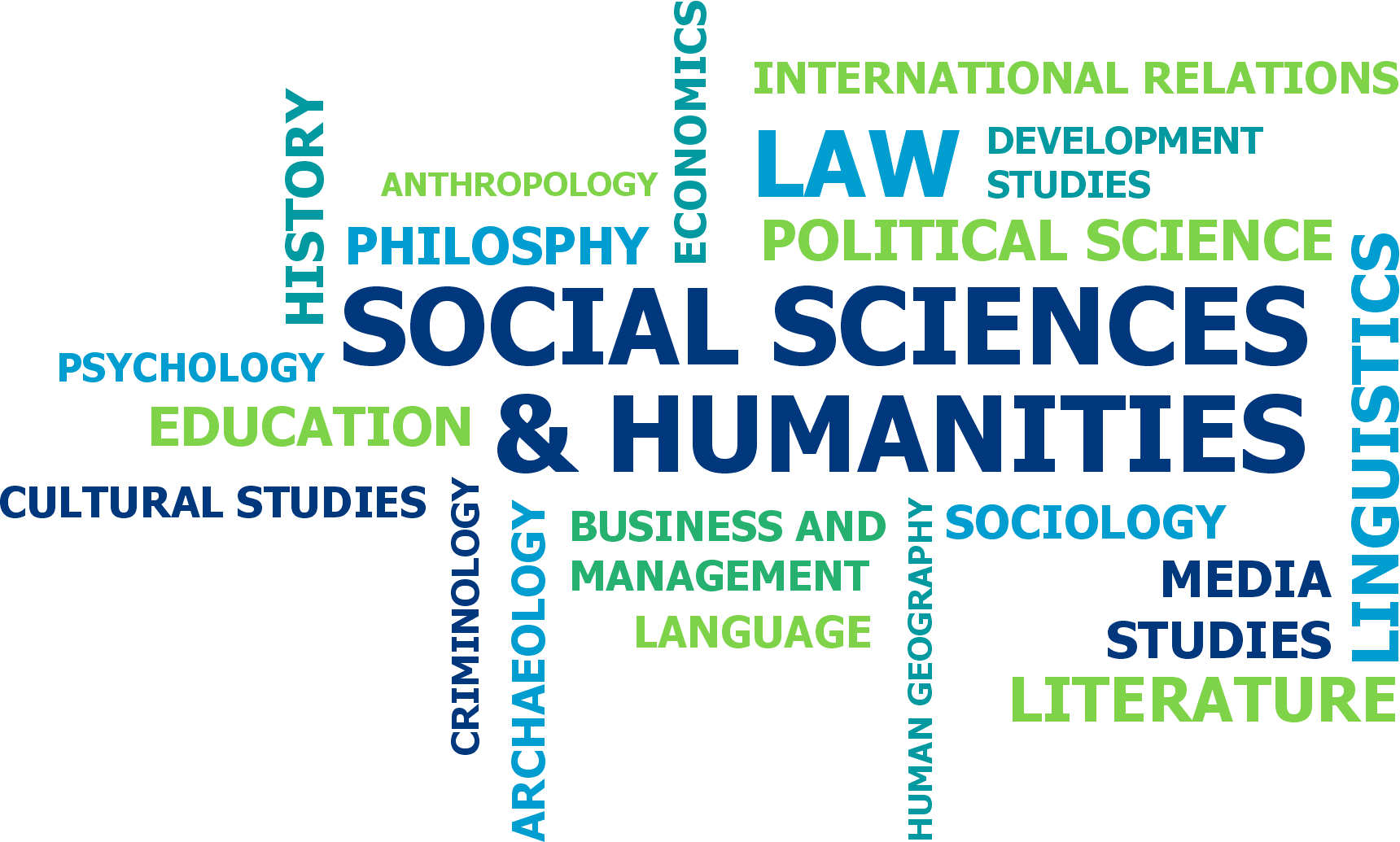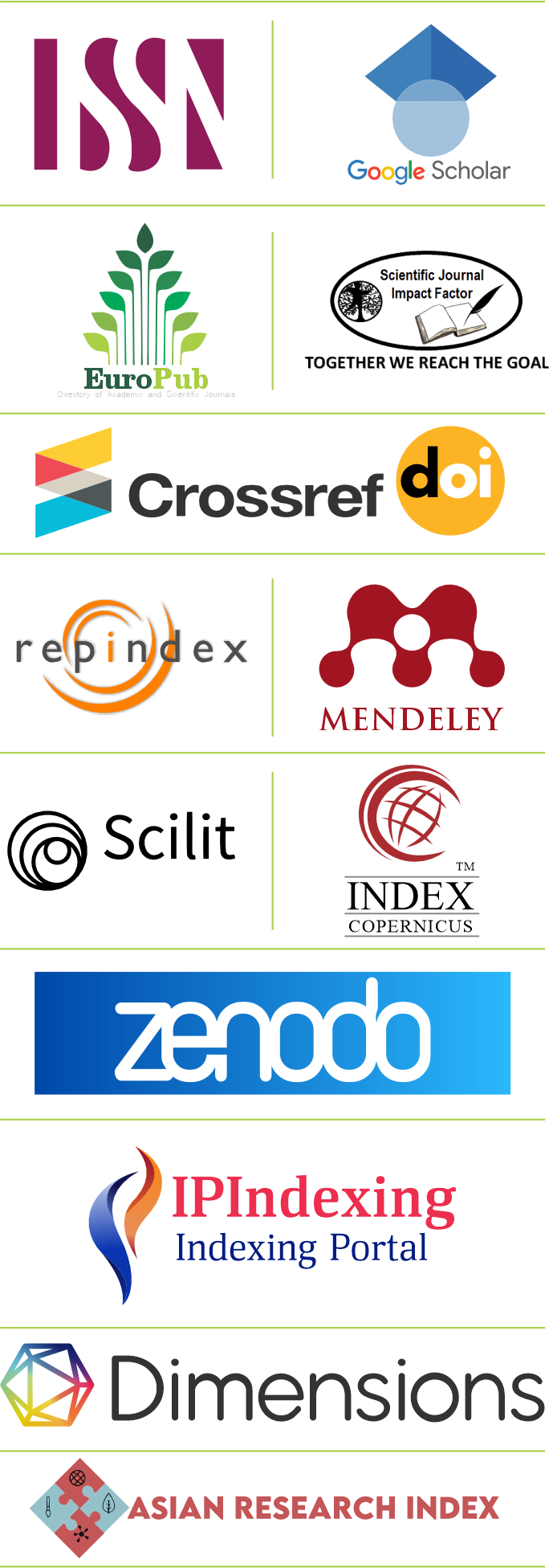The Construction of Nationalist Narratives in Textbooks and Process of Radicalization in School and College Students. A Study of Social Sciences Textbooks in Pakistan
DOI:
https://doi.org/10.55737/qjssh.vi-i.25319Keywords:
Nationalist Narratives, Textbooks, Radicalization, School, College, Social Science, PakistanAbstract
This research is about how social science textbooks contribute to the process of radicalization among school and college-going students. The central argument of this argument is that education has become more like a political project in states like Pakistan, faced with the perceived existentialist threat. The result of all this is the inclusion of heavily militarized content in the textbooks in both the public and private sectors of education. These contents promote narrow nationalism based on us versus them narratives by dubbing India and other Western countries as enemy states that pose an existentialist threat to Pakistan. This research further challenges the wrongly held belief that Madrassa education has been the real source of radicalization by arguing that the real problem lies in the mainstream education system taught in schools and colleges. This research employed secondary sources of data collection, including research papers, books, and newspaper articles.
References
Anwar, M. (2019, March 22). Student Held in Professor's Death, Claims Blasphemy. NewsPaper Stories. VOA. https://www.voanews.com/a/student-charged-with-killing-professor-over-anti-islam-remarks/4844929.html
Chalfont, L. (2008). Terrorism and international security. Terrorism, 5(4), 309-323. https://doi.org/10.1080/10576108208435522
Durrani, N. (2007). Forging identities through schooling: Tensions and contradictions between religious and national identities in Pakistan. The International Journal of Diversity in Organizations, Communities, and Nations: Annual Review, 7(1), 249-256. https://doi.org/10.18848/1447-9532/cgp/v07i01/39333
Feyyaz, M. (2014). Youth Extremism in Pakistan-Magnitude, Channels, Resident Spheres and Response. Defence Against Terrorism Review, 6(1).
Funk, N. C., & Said, A. A. (2004). ISLAM AND THE WEST: NARRATIVES OF CONFLICT AND CONFLICT TRANSFORMATION. International Journal of Peace Studies, 9(1), 1–28. http://www.jstor.org/stable/41852908
Ghori, H. K. (2015, May 21). Well-educated militants behind high-profile terror attacks: CM. Dawn Newspaper Story. Dawn Newspaper. https://www.dawn.com/news/1183215/well-educated-militants-behind-high-profile-terror-attacks-cm
Ghumro, A. K., Qureshi, F., & Mahesar, P. A. (2017). Religious Extremism in Pakistan: A New persepective based on TPB and TRA Model. International Journal of African and Asian Studies, 33(9), 42-50.
Gosh, R., & Manuel, A. (Eds.). (2016). Education and security: A global literature review on the role of education in countering violent religious extremism. Tony Blair Faith Foundation.
Heintz, A. (2018, May 8). What drives young men to embrace religious extremism in Pakistan? New Internationalist. https://newint.org/features/2018/05/01/pervez-hoodbhoy
Khan, F. E. (2018). Historical Revisionism in Pakistani Textbooks: A Case Study of Public School Curriculum. Scholedge International Journal of Multidisciplinary & Allied Studies, 5(8), 89. https://doi.org/10.19085/journal.sijmas050801
Muhammad, F. (2018, January 23). Principal shot dead by student in Charsadda. DAWN.COM. https://www.dawn.com/news/1384652
Nayyar, A. H. (2013). A Missed Opportunity Continuing Flaws in the New Curriculum and Textbooks After Reforms. A study conducted for the Jinnah Institute Islamabad. https://eacpe.org/content/uploads/2014/05/A-Missed-Opportunity.pdf
Nayyar, A., & Salim, A. (2014). The subtle subversion: The state of curricula and textbooks in Pakistan Urdu, English, Social Studies and Civics. Sustainable Development Policy Institute. https://sdpi.org/sdpiweb/publications/files/State%20of%20Curr&TextBooks.pdf
Peace and Education Foundation. (2016). Teaching Intolrence in Pakistan RELIGIOUS BIAS IN PUBLIC SCHOOL TEXTBOOKS. United States Commission on International Religious Freedom. https://www.uscirf.gov/publications/teaching-intolerance-pakistan-religious-bias-public-school-textbooks
Puri, N. R. (2010). Made and Unmade Conclusions from the Literature. Perspectives on Terrorism, 4(4), 51–72. JSTOR. https://doi.org/10.2307/26298471
Rabasa, A., Waxman, M., Larson, E. V., & Marcum, C. Y. (2004). The Muslim world after 9/11. Rand Corporation.
Rosser, Y. C. (2003). Curriculum as destiny: Forging national identity in India, Pakistan, and Bangladesh. The University of Texas at Austin. https://repositories.lib.utexas.edu/server/api/core/bitstreams/a3a45987-5c99-4409-ab00-e7f611587da3/content
Saigol, R. (2005). Enemies within and enemies without: The besieged self in Pakistani textbooks. Futures, 37(9), 1005–1035. https://doi.org/10.1016/j.futures.2005.01.014
Siddiq, H. (2017). Violent extremism in Pakistan: A failure of public education. Blog. http://blogs.lse.ac.uk/southasia/2017/05/04/violent-extremism-in-pakistan-a-failure-of-public-education/
Tanveer, R. (2017, April 16). Female militant arrested in Lahore found to be IS-affiliate who went missing. Newspaper Story. THE EXPRESS TRIBUNE. https://tribune.com.pk/story/1385163/female-militant-arrested-lahore-found-affiliate-went-missing
Van Dijk, T. A. (2000). Ideology and discourse: A multidisciplinary introduction. Pompeu Fabra University, Barcelona, 10251034, 00722-7.
Yusuf, M. (2008). Prospects of youth radicalization in Pakistan. Brookings, Analysis Paper, 14(7), 1-27. https://www.brookings.edu/wp-content/uploads/2016/06/10_pakistan_yusuf.pdf
Downloads
Published
Issue
Section
License
Copyright (c) 2025 Hamza Abdur Rab, Nelofar Ehsan, Sajjad Ali

This work is licensed under a Creative Commons Attribution-NonCommercial 4.0 International License.





